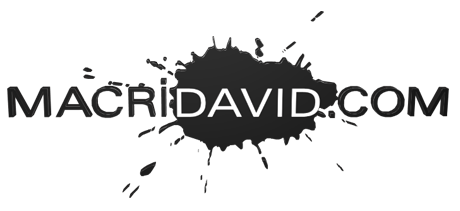Day 1
Introduction: materials and uses (dip pens, technical pens, and painting with brushes).
Introduce ourselves and talk about why we're interested in art. For me: Imagination>Boredom>Story Telling>Art Talk About Applications For Art: A way of thinking visually, design, decoration, expression, communication (transcends language barriers) Survey what students like about art and what they want to learn. Explain drawing from observation and what it can lead to (breakthroughs), and non-linear quality (lowering standards - Michael Bolton and Neil Young). Explain Elements of Art (ingredients in a kitchen) and how they can be done with ink. The Importance of Line (used to define shapes/edges) and why to start there. Meaning and kinds of lines (see element video)
7 Elements of Art
Visual components: colour, form, line, shape, space, texture, and value. Line: An element of art defined by a point moving in space. Line may be two-or three-dimensional, descriptive, implied, or abstract. Shape: An element of art that is two-dimensional, flat, or limited to height and width; encloses 2D area. Form: An element of art that is three-dimensional and encloses volume; includes height, width AND depth (as in a cube, a sphere, a pyramid, or a cylinder). Form may also be free flowing (water, fire). Value: The lightness or darkness of tones or colours. White is the lightest value; black is the darkest. The value halfway between these extremes is called middle grey. Space: An element of art by which positive and negative areas are defined or an implied depth. Colour: An element of art made up of three properties: hue, value, and intensity.
-
Hue: name of colour
-
Value: hue’s lightness and darkness (a colour’s value changes when white or black is added)
-
Intensity: quality of brightness and purity (high intensity= colour is strong and bright; low intensity = colour is faint and dull)
Texture: An element of art that refers to the way things feel, or look as if they might feel if touched.
Pens:
Inspiration and the possible breakthrough:
Learn to draw from observation by practicing "blind contour drawing". Transcending your verbal - symbol based understanding of things is useful in this exercise. If you concentrate, you can synchronize your pen and eye. Doing this, attempt to follow the edge of the object. (See video below)
Using line to Draw from Observation - and train to LOOK AT WHAT YOU'RE DRAWING -Pure Blind Contour, Blind Contour (Demo/Video) -Modified Blind Contour (Adding more "cheating" and Line Variation)
Play is important in learning and discovery. Learn about the flowing medium of ink and use your imagination with the video below. Ink Blot Exercise:
